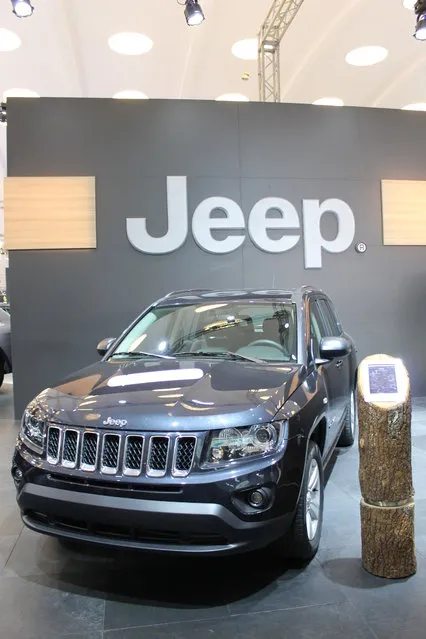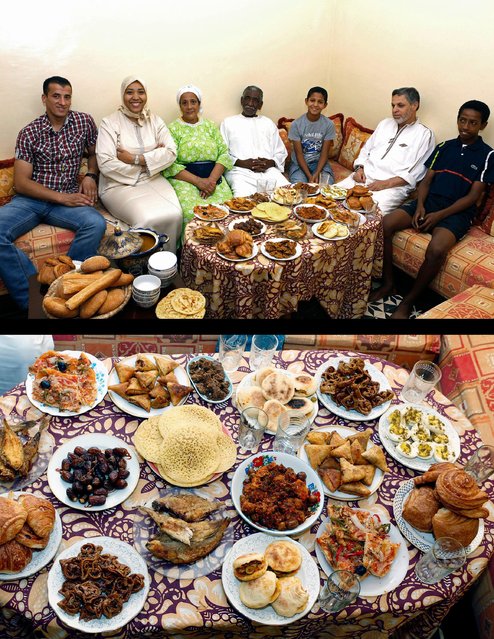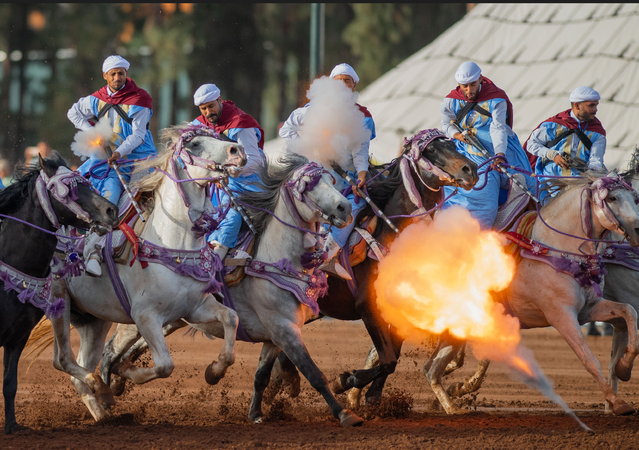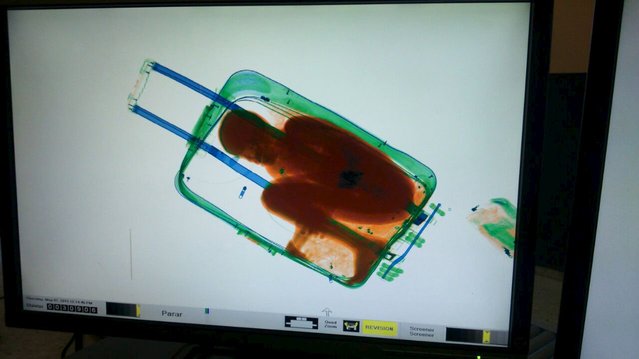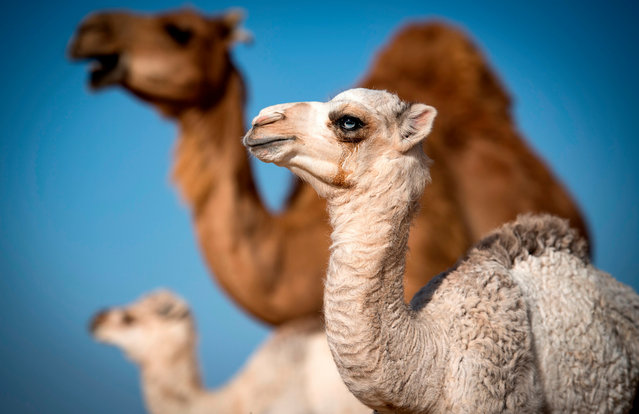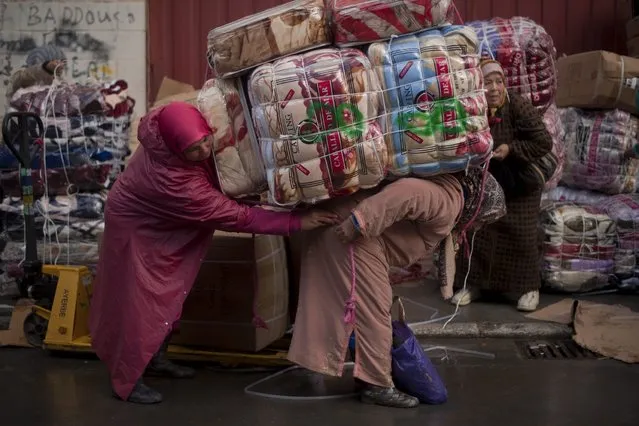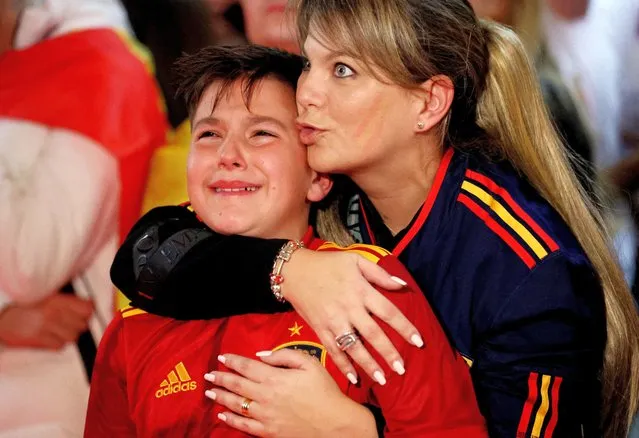
Spain fans react during the penalty shootout during 2022 FIFA World Cup football match between Morocco v Spain in Qatar as they watch the match on a big screen in Barcelona, December 6, 2022. (Photo by Nacho Doce/Reuters)
08 Dec 2022 03:51:00,post received
0 comments

